The 15 best EINF software tools in 2026


The 15 Best EINF Software Tools on the Market
Why the Best EINF Software Tools Are Key to Competitiveness Today
6 Key Features That Define the Best EINF Software
What You Should Demand From EINF Software if You Want It to Scale With You
4 Real Benefits of Using Software for EINF Reports
3 Common Challenges When Implementing ESG Software (and How to Solve Them)
Frequently Asked Questions (FAQs)
These are the best EINF software tools for 2026:
If you're looking for a real way to manage your non-financial data without going insane, you need the best possible EINF software.
Forget the endless spreadsheets and reports no one reads.
You need a solution that works, one that connects your data with regulatory requirements.
EINF is no longer a formality.
It’s a legal requirement that demands more detail, more consistency, and more control over what your company does.
And what's coming with CSRD will raise the bar even higher.
It’s not just about compliance.
It’s about saving time, reducing errors, and using sustainability as a clear competitive edge.
If you don’t measure it properly, you fall behind. Simple as that.
In this article we’ll review the best options so you can choose wisely.
We’ll tell you everything, no fluff.
If you're looking for a solution that helps you comply with EINF without wasting time or getting stuck in endless processes, this ranking is for you.

Dcycle is not your typical EINF software.
It’s a solution designed to collect, analyze, and distribute all your ESG data, no matter the type: environmental, social, or governance.
What makes it different?
We're not auditors or consultants.
We’re not a one-off tool either.
We’re a complete and simple solution to manage sustainability strategically.
All this in an intuitive platform, with no technical expertise needed.
Dcycle is built so any company can measure its impact, comply with standards, and turn sustainability into a business advantage.
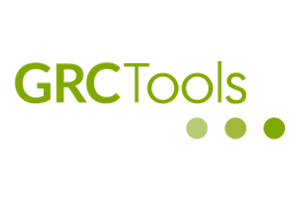
GRCTools centralizes your ESG data in one place and simplifies EINF compliance with robust tracking, validation, and analytics tools.
It’s designed to reduce manual work, improve traceability, and align your reports with regulatory standards.
If you need control and consistency without relying on spreadsheets, this is a strong option.
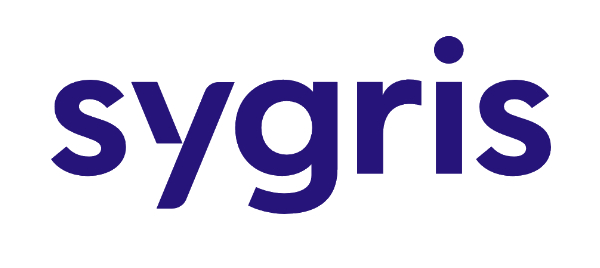
Sygris helps you generate reports aligned with standards like GRI, allowing you to customize your own ESG indicators.
You can configure, track, and export your entire EINF directly from the platform.
Ideal for companies with complex structures that need scalable and adaptable ESG reporting.
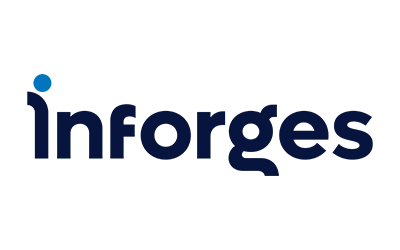
Inforges isn’t a pure ESG platform, but its ERP and BI environment integrates well with non-financial reporting.
If you're already using their systems, adding EINF capabilities is fast and frictionless.
It’s a practical solution to align sustainability with your existing business infrastructure.
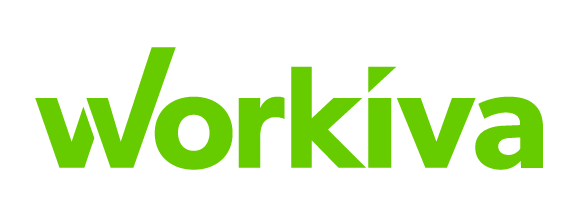
Workiva automates both financial and non-financial reporting with full data traceability and team collaboration features.
You can connect different departments and manage ESG data from input to final report in one seamless process.
Great for companies that need consistent processes and cross-team visibility.
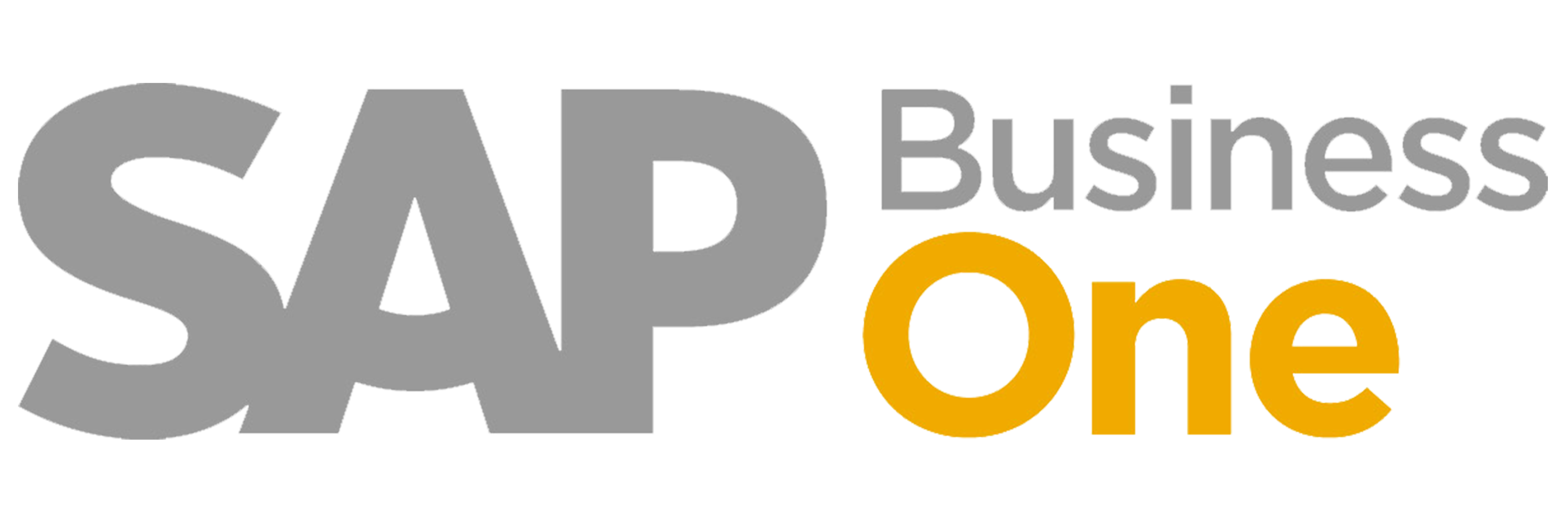
SAP Business One includes sustainability modules that allow you to combine ESG and financial data in a single ERP system.
While not built exclusively for EINF, it adapts easily if you’re already using SAP for other operations.
Best suited for companies looking to expand their reporting within a unified environment.

Vena enhances Excel by adding layers of control, traceability, and automation for ESG data management.
It’s perfect for teams that already rely on spreadsheets but want more structure and audit-ready results.
Helps you produce compliant EINF reports without disrupting your current workflows
Datamaran is a platform focused on automated ESG risk analysis and materiality assessment.
What makes it stand out is its ability to identify key topics using real-time regulatory and external data, not just internal assumptions or external consultants.
It’s ideal if you want your EINF to reflect what really matters to stakeholders, not just internal priorities.
Plus, it supports ongoing monitoring, so your reporting adapts as regulations or market expectations shift.

Enablon is a comprehensive ESG, risk, and compliance management solution that works well for large or complex organizations.
Its core strength lies in traceability and audit readiness, making it a solid choice for regulated industries.
Compatible with EINF, CSRD, GRI, and other frameworks, it’s highly scalable, though not the easiest tool to get started with if you’re just beginning your ESG journey.

Measurabl started as a tool for tracking environmental data in real estate portfolios, but it has since evolved into a broader ESG management platform.
It shines in automating operational data collection, like energy use, water consumption, or waste metrics.
If your EINF is heavy on environmental KPIs, Measurabl helps centralize and streamline that data so it’s audit-ready and actionable.
It’s also useful for comparing performance across different sites or buildings.

Diligent ESG brings corporate governance and sustainability together in one platform.
It’s built for companies that need to manage board oversight, regulatory risks, and ESG metrics in a single place.
If governance is a key focus in your sustainability strategy, Diligent helps you connect ESG reporting to real decision-making processes.
It also supports global frameworks, so your reporting can scale without needing to rebuild it every year.

FigBytes is built to connect ESG data with your corporate strategy and storytelling
Its biggest strength? Turning complex data into visuals, dashboards, interactive maps, and digestible summaries tailored to different audiences.
It’s especially helpful if your reporting needs to speak to investors, clients, or employees, not just regulators.
FigBytes also supports alignment with broader goals like the SDGs or Net Zero targets, making it a versatile tool for companies that want to go beyond basic compliance.
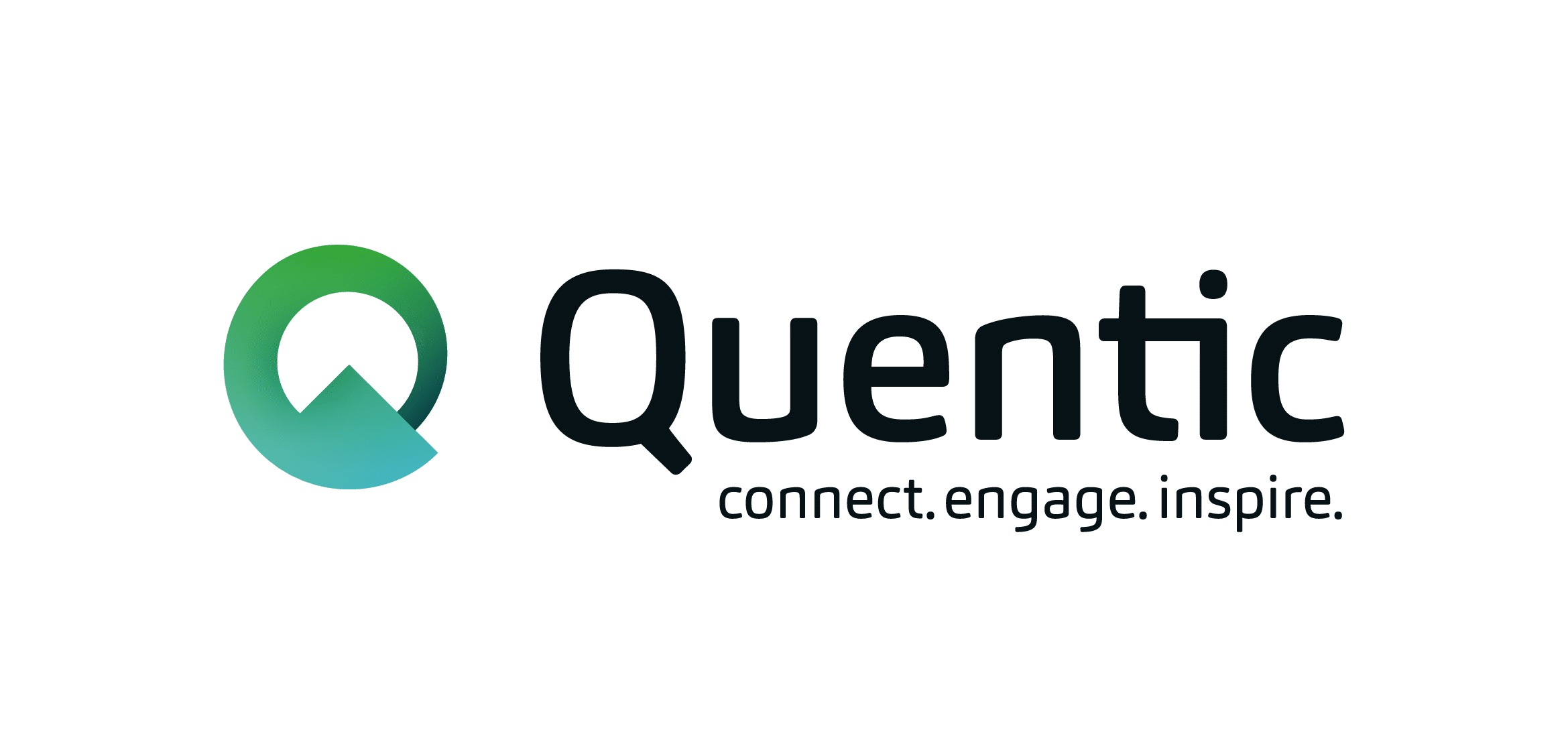
Quentic is a platform focused on environment, health, safety, and sustainability, with modules specifically designed for non-financial reporting.
Its modular structure makes it flexible: you can start with the essentials and scale up as your ESG needs evolve.
It’s a strong option if your priority is environmental compliance and operational safety, while still covering ESG reporting requirements like EINF.

Novisto automates the entire ESG data lifecycle, ,from collection and management to disclosure and stakeholder communication.
What sets it apart is how it connects your metrics to your corporate strategy and narrative, turning raw data into insights that matter.
If you want more than just compliance, if you want to tell a real story with your ESG performance, Novisto is built for that.
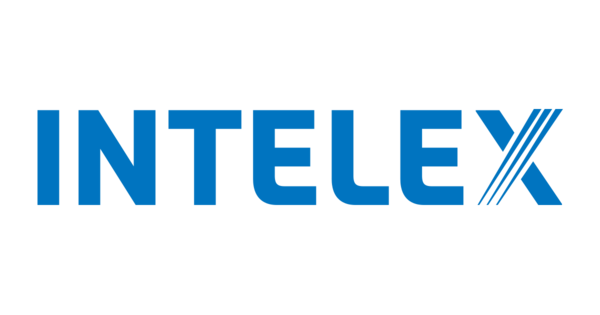
Intelex is a robust ESG and compliance platform made for highly regulated industries that need full control over sustainability data.
It offers deep automation, traceability, and scalability, which makes it well-suited for companies with complex structures and strict audit requirements.
While it has a slightly steeper learning curve, it delivers strong performance when you need granular control over data and flexible regulatory alignment.
EINF (Non-Financial Information Statement) is the document that covers everything your company does in environmental, social and governance areas.
It’s not an add-on, and it’s not just CSR.
It’s part of the business.
Companies that fail to report this properly are losing opportunities, clients, and even access to funding.
How does it fit your ESG strategy?
Easy: EINF is the visible face of what you do (or don’t do).
If you measure poorly, you report poorly.
If you don’t report, no one believes you.
The t era is over.
What used to be managed with a couple of tables and good intentions now demands rigor, traceability, and analysis capability.
More and more companies are switching to digital ESG solutions that allow them to:
Why the shift?
Because without reliable data, you can’t improve. And if you can’t improve, you fall out of the game.
This is no longer about trends. It’s about staying competitive.
That’s where the best EINF software tools make a difference: They let you manage this information seriously, without duplication, and without overwhelming your teams.
There’s no time to gather data manually. If your solution can’t connect to your current systems, you’re in trouble.
A good EINF software does it for you. It pulls data from ERPs, spreadsheets, internal platforms, and organizes it so you don’t waste hours on it, and can work with updated emission factors tailored to your sector.
Today it’s EINF, tomorrow it’ll be CSRD or some other regulation.
What you can’t afford is to redo everything from scratch.
You need a flexible solution that understands your business and adapts to whatever framework applies, including key sustainable finance frameworks.
Immediately.
Having data isn’t enough. You need to see it clearly, quickly, and with context.
A good software shows you what matters. ESG KPIs, trends, alerts... all in a view you can understand and act on.
Will you remember every deadline, report, or legal update? Probably not.
That’s why you need alerts. Ones that notify you when something’s falling short or overdue.
This way you avoid mistakes and penalties.
The final report shouldn’t be a nightmare. If you can’t export in the format they require, it’s useless.
PDF, Excel, XBRL, whatever it is.
Your software must generate exactly what will be asked of you, without retouching or extra hassle.
If your EINF solution is isolated from the rest of the business, it won’t scale.
You’ll face duplication, errors, and extra work.
The ideal is integration. That it talks to your systems and pulls from them without friction.
Manual work is a time sink. The more spreadsheets you have, the more likely something will go wrong.
With good ESG software, we collect data automatically, no copy-pasting, no typos that cost you later.
Regulations keep changing.
Having everything centralized and updated isn’t a luxury, it’s a necessity.
EINF software warns you, organizes everything, and has your back.
You reduce risks and avoid surprises.
Making decisions without clear data is flying blind.
Where are the biggest impacts? Which suppliers are underperforming?
With a solid system, everything is traceable.
You can review it, audit it, and justify it. No mixed signals or different versions of the same data.
Saying you’re doing well isn’t enough.
You need to prove it with data and transparency.
ESG software lets you show real results. Not promises, not intentions, but solid data that builds trust.
Are your data spread across 5 different places? That’s common.
And once you gather them, some don’t match.
The key is connecting everything properly from the start.
A true ESG solution (like ours) adapts to your structure and organizes the chaos.
The tool doesn’t work by itself. If the team doesn’t understand it, it’s worthless.
You need to support the change.
Clear training, simple logic, and an approach that makes everyone see the real value of measuring and reporting properly.
What if tomorrow you're asked for something new? You can't be caught off guard.
Demand flexibility.
If the solution doesn’t adapt quickly, it’s not what you need. The ESG world moves fast, and so should you.
We’re not auditors or consultants.
We’re a solution built for companies that need clear results, no headaches, and no dependency on third parties for every step.
What do we do?
We collect all your ESG data, organize it, and turn it into exactly what you need: EINF, CSRD, Taxonomy, SBTi, ISOs, or whatever comes next.
We adapt to your business.
We don’t ask you to fit into a rigid system.
On the contrary: Dcycle connects to your sources, understands your structure, and helps you get real value from the data you already have.
Everything you need, in one solution:
Sustainability is not a separate department.
It’s a strategic lever that runs through the entire company.
And if you don’t measure it well, you can’t manage it.
Dcycle is built for that.
To help you move past the data chaos, manual reports, and never-ending documentation.
To give you control, without complicating your life.
And to turn ESG into a competitive advantage.
Because this isn’t just about compliance:
It’s about winning market share, saving resources, and making smarter decisions.
All large companies that meet certain legal criteria are obligated to do so.
And more and more medium-sized companies are being included, especially with the arrival of the CSRD.
It’s not optional.
If your revenue exceeds certain thresholds or you have more than 250 employees, you’re required to report.
The EINF is a regulated report.
It has a structure, deadlines, and content defined by law. You can’t just improvise.
ESG reports can be broader or voluntary, but the EINF is the legal minimum.
From there, you can build additional reporting if needed.
If it only helps you comply with one regulation, it won’t be enough.
You need to look at whether it supports multiple frameworks (CSRD, Taxonomy, ISOs…).
Look for a solution that adapts to your business, collects data automatically, and gives you traceability, not just a pretty PDF.
It depends on how prepared you are.
If you already have organized data and your team is engaged, you can start within weeks.
If you’re starting from scratch, it’ll take longer, but a good solution makes the process as simple as possible.
What matters is starting right.
Yes, if you’re using the right solution.
In our case, Dcycle is ready to adapt to any ESG framework.
We centralize your information and reuse it for all the reports you need. No need to do the work twice.
Don’t settle for something that only “gets you through the year.” That won’t last.
Soon there will be new demands, more data, more audits.
A real EINF solution must allow you to grow.
It centralizes your ESG information, adapts to the required framework, and reduces operational chaos.
If you have to rebuild processes every time regulations change, it’s not scalable. Simple as that.
For many companies, EINF software is something they open once a year to generate a report. That’s it. But if that’s all you’re using it for, you’re missing the real opportunity.
The real value lies in using that same ESG data to improve your day-to-day operations. This isn’t about producing a polished PDF, it’s about understanding what’s going on with your emissions, your suppliers, your workforce, or even your internal diversity performance.
A good tool helps you spot risks, highlight inefficiencies, and take action early. And it does that in a clear, visual way, no hunting through dozens of disconnected spreadsheets.
Too often, ESG metrics live in a silo, detached from the business. Your software should bridge that gap.
You should be able to link ESG data to real business performance. For example: are your logistics costs rising alongside your transport emissions? Maybe a supplier changed delivery models or one shipping route is less efficient than expected.
This intersection between ESG and business logic is where the value really kicks in. You make smarter decisions when you can clearly see how environmental or social issues tie back to operations, risk, or cost.
EINF shouldn't be just the sustainability team’s problem. If that’s the case, you’re limiting your impact.
The right ESG tool should be useful to Finance, Procurement, Operations, and more.
Finance should be able to analyze costs linked to emissions. Procurement should track supplier performance on ESG. Operations should identify high-impact areas in the value chain.
And each of those teams needs tailored dashboards and user-friendly tools. If the platform is only usable by experts, you’ve already lost half the company.
Yes, the EINF has a delivery deadline. But don’t wait until the year’s over to see what went wrong.
Modern software gives you real-time monitoring and trend analysis so you can fix problems before they escalate.
Caught a major emissions spike in Q1? Act now, not when it’s already documented and too late to fix.
This is the shift from reactive compliance to proactive business improvement. That’s the real power of ESG software.
One major pitfall? Poor ownership of the ESG process. Who uploads what? Who approves it? Who makes sure data is correct and on time?
Without clarity, the result is chaos. You need clear roles, responsibilities, and approval workflows.
And your software should support this setup, alerts, notifications, user access controls, and validation steps all help keep things clean and auditable.
Every department doing things their own way? That’s a recipe for wasted time and errors.
You need standardized templates, workflows, and logic, especially for recurring tasks like emissions tracking or stakeholder reporting.
That way, whether it’s someone from Ops or Legal uploading data, they follow the same rules and your outputs stay consistent.
No need to “fix it in post” every time you need to generate a report.
Today you’re reporting EINF. Tomorrow, it’s CSRD, Taxonomy, ISOs, or all at once.
If you need to rebuild your system every time regulations change, it’s not a scalable solution.
Your software should let you add new business units, adjust to different geographies, and plug into other frameworks with minimal effort.
Scalability is non-negotiable. If the tool doesn’t grow with your business, it’ll slow you down when things get complex.
The tech alone isn’t enough. If your team doesn’t know how to use it, it’s useless.
You need ongoing support and training, not just a one-time onboarding session.
And more importantly, keep iterating. Open feedback loops with your users. The best ideas for improving your ESG workflows often come from the people using them every day.
The most successful ESG strategies are built over time. Not just through better tools, but through better habits.
Your ESG impact isn’t limited to what happens inside your own walls. A large portion lies in your supply chain, especially if you outsource production, rely on transportation, or use high-impact materials.
A good EINF software helps you pinpoint which suppliers contribute most to your environmental or social footprint. It’s not just about volume, it’s about data quality and traceability. Knowing exactly where your impact comes from changes how you prioritize and act.
Not all suppliers carry the same weight. Some represent a bigger reputational, regulatory, or financial risk.
Your software shouldn’t stop at providing averages or general indicators. It should let you cross-reference ESG performance with supplier criticality, based on spend, dependence, industry, geography, and more.
What happens if a key supplier fails ESG standards? You’re exposed. And the earlier you see that, the better prepared you are to switch, renegotiate, or fix the issue.
ESG data collection isn’t just a checkbox. It’s a tool to improve your supplier relationships and reduce risk.
When you have clean, structured data, you don’t just tick boxes, you go into audits, meetings, or negotiations with hard evidence.
And that changes the dynamic. You’re no longer guessing or speculating. You’re bringing data that backs your expectations and concerns.
Procurement teams often see sustainability as “extra work.” But the right software removes that barrier.
You can create custom dashboards for buyers, with clear ESG alerts, red flags, and supplier-specific views. No one needs to dig through full reports, just what’s relevant, when it matters.
When that flow is automated, procurement can embed ESG in their decision-making without slowing anything down. It becomes part of how they work, not an extra checklist.
EINF is just the start. With CSRD already active and more regulations on the way, the requirements will only become more complex: more traceability, more formats, more data.
That means templates and manual work won’t cut it anymore. You need a system that can evolve.
If your software can’t adapt quickly, you’ll waste time rebuilding processes every year.
One of the biggest shifts in new regulations is the push to integrate non-financial data with financial strategy. You can’t separate the two anymore.
Your ESG software should help you translate sustainability metrics into business language, impact on margins, ROI, or risk. If your CFO can’t use your ESG insights in their planning, the system is falling short.
With EINF, internal checks were often enough. But CSRD brings limited and eventually reasonable assurance requirements.
That changes the game. You’ll need full traceability, document backups, version control, audit trails… everything a verifier might ask.
If your system doesn’t track where the data comes from and who approved it, you’re setting yourself up for last-minute panic, and compliance risk.
One thing’s for sure: ESG regulation will keep evolving. You won’t always know what’s next, but you know it won’t be simpler.
So don’t just build for today. Build for scale.
Your ESG platform should be like your ERP: ready to grow, connect, and support real business decisions.
What’s mandatory today will become a strategic advantage tomorrow. And the companies that see that now are the ones that will stay ahead.
Carbon footprint calculation analyzes all emissions generated throughout a product’s life cycle, including raw material extraction, production, transportation, usage, and disposal.
The most recognized methodologies are:
Digital tools like Dcycle simplify the process, providing accurate and actionable insights.
Some strategies require initial investment, but long-term benefits outweigh costs.
Investing in carbon reduction is not just an environmental action, it’s a smart business strategy.